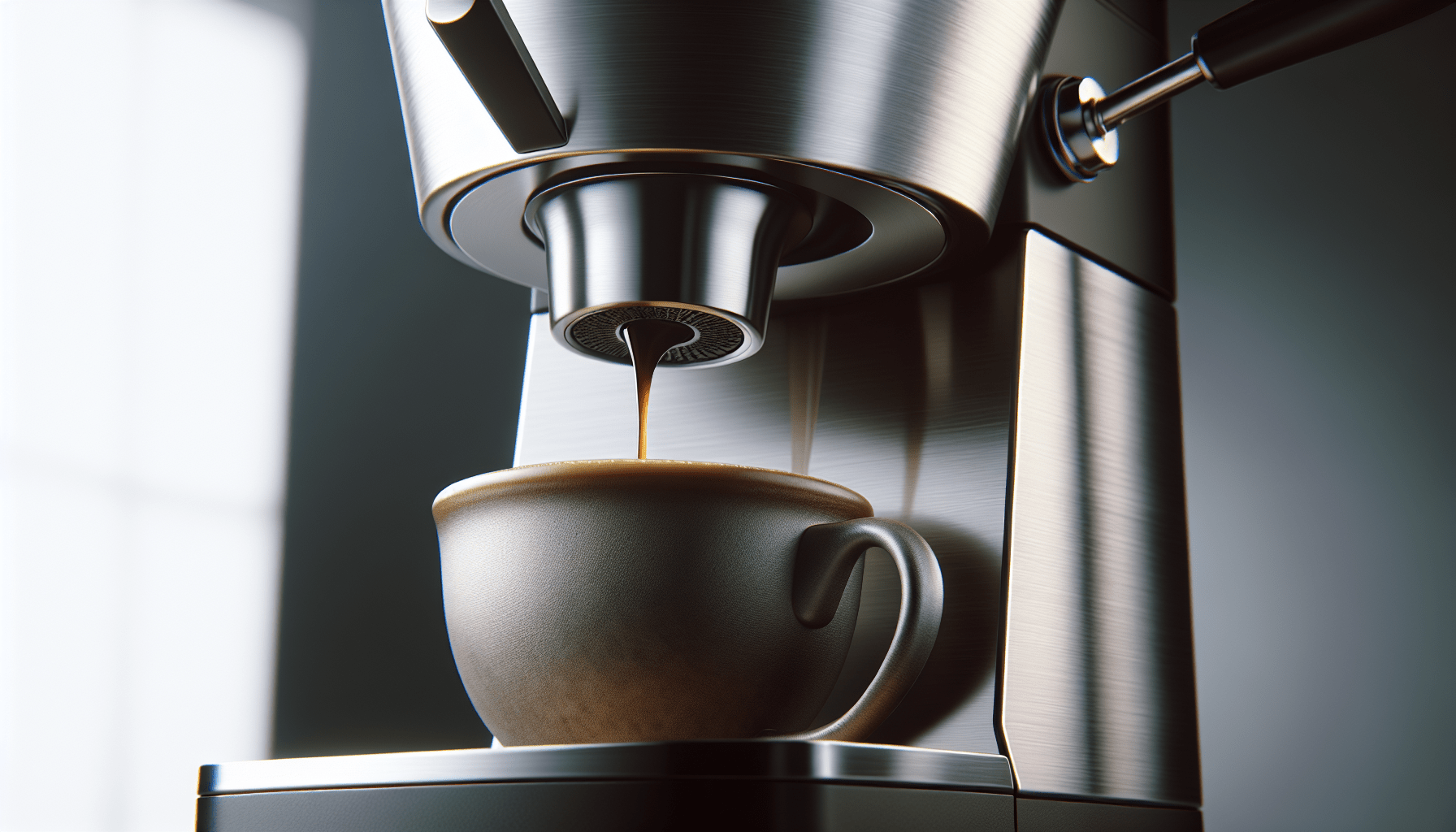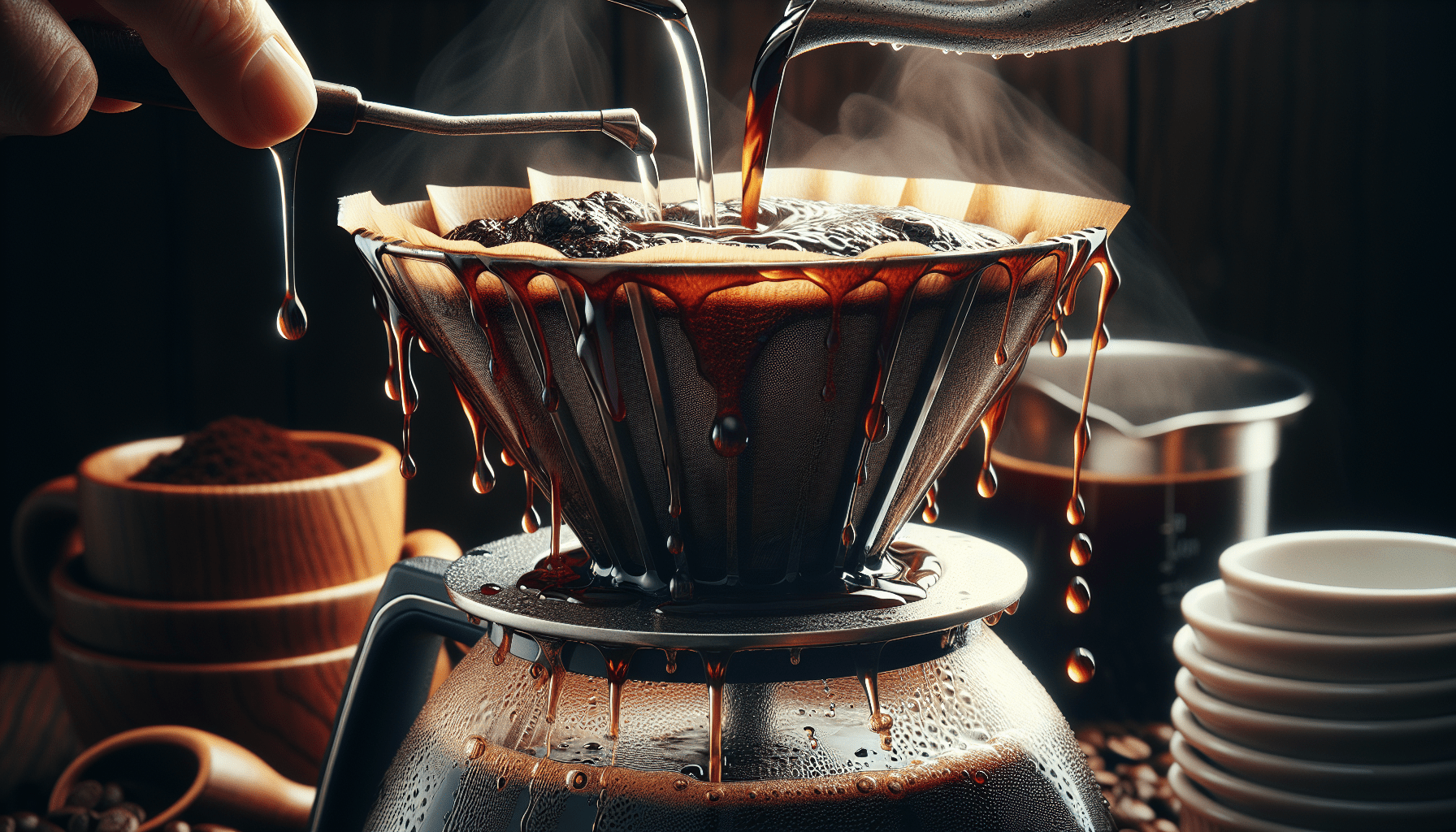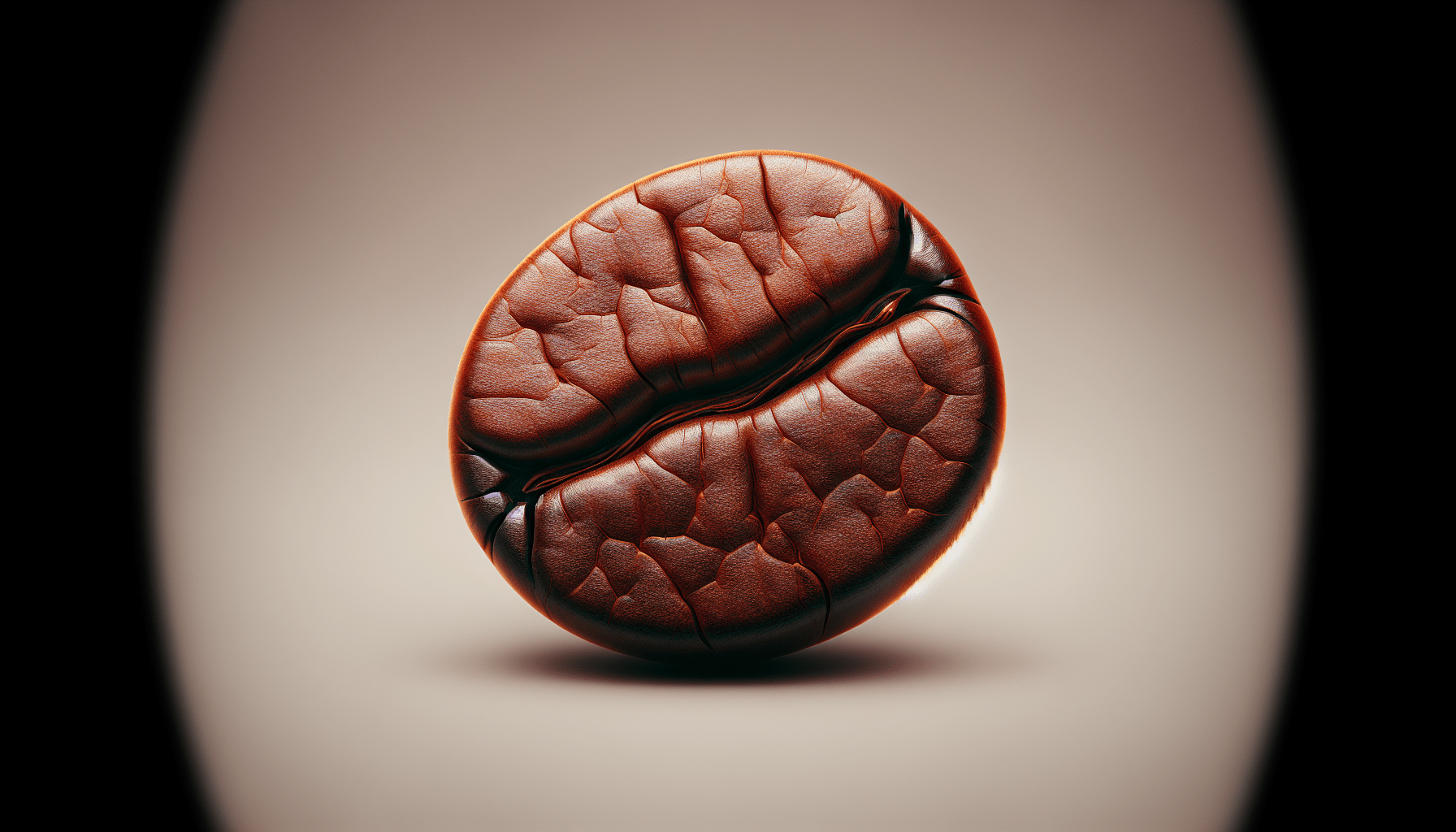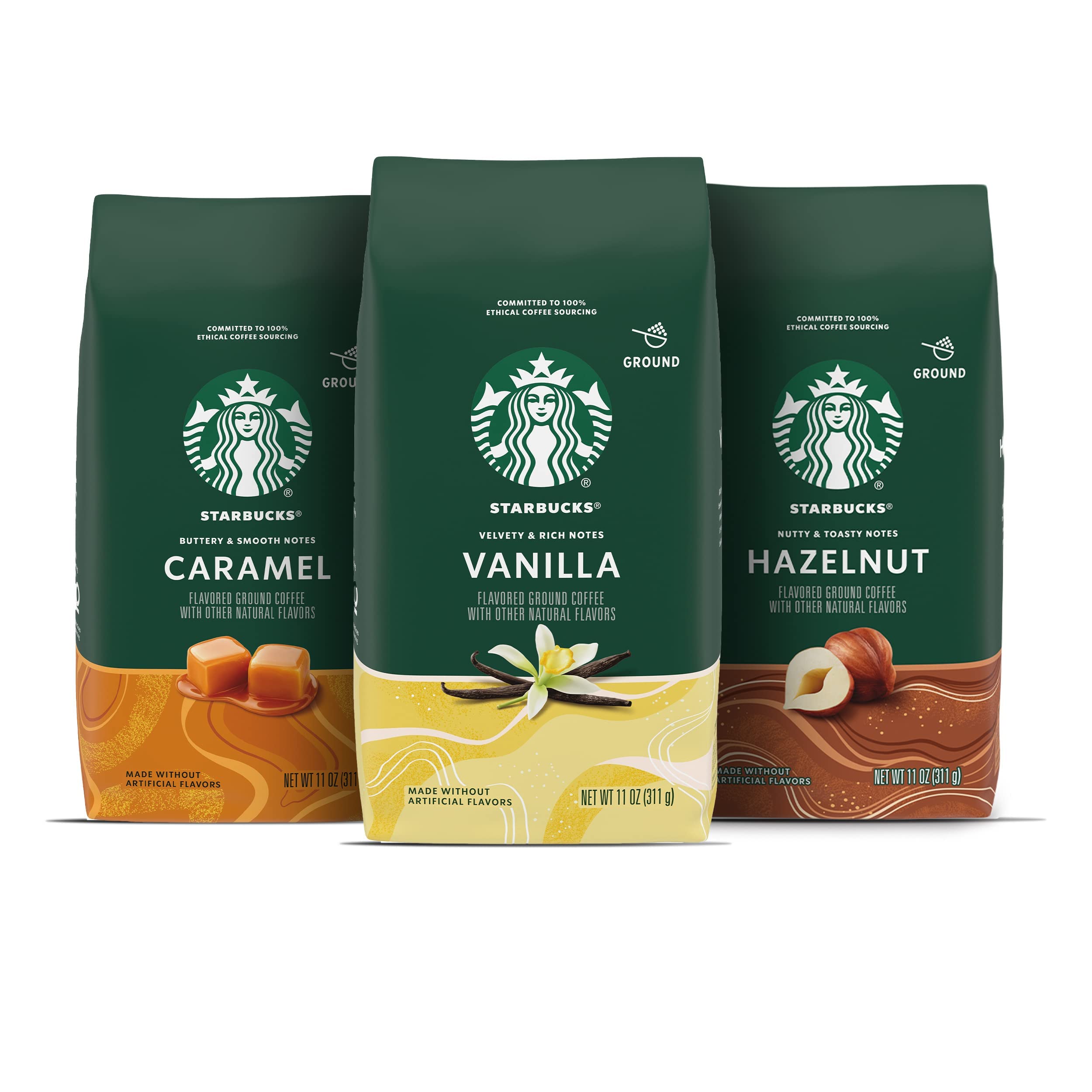If you’re a coffee enthusiast who enjoys exploring different brewing methods, you might have wondered whether it’s possible to use a drip coffee maker for brewing espresso-style coffee. Well, the answer to this question is not as simple as a yes or no. In this article, we will take a closer look at the differences between drip coffee and espresso, and discuss the potential ways to achieve an espresso-like brew using your trusty drip machine. So, put on your barista hat and get ready to discover the possibilities that lie within your coffee maker.
Understanding the Difference Between Drip Coffee and Espresso
Definition of drip coffee
Drip coffee refers to the traditional method of brewing coffee, where water drips through a filter containing ground coffee beans. This method utilizes gravity to extract the flavors and aromas from the coffee grounds. Drip coffee is often characterized by its smooth and mellow taste.
Definition of espresso
Espresso, on the other hand, is a concentrated form of coffee that is brewed under high pressure. It involves forcing hot water through finely ground coffee beans at a much faster rate compared to drip coffee. Espresso has a rich, bold flavor and a thick layer of foam on top, known as crema.
Key differences between drip coffee and espresso
The main differences between drip coffee and espresso lie in their brewing methods and flavor profiles. Drip coffee relies on gravity for extraction, resulting in a slower brewing process and a lighter body. Espresso, on the other hand, is brewed quickly under high pressure, resulting in a stronger and more concentrated coffee with a thicker texture.
Additionally, the grind size of the coffee beans and the coffee-to-water ratio are different for drip coffee and espresso. Drip coffee typically requires a coarser grind and a higher coffee-to-water ratio, while espresso calls for a finer grind and a lower coffee-to-water ratio. These factors contribute to the characteristic flavors that distinguish drip coffee from espresso.
How a Drip Coffee Maker Works
Overview of drip coffee maker functionality
A drip coffee maker consists of a water reservoir, a heating element, a filter basket, and a carafe. The machine heats the water to a specific temperature and then drips it over the coffee grounds in the filter basket. The brewed coffee then flows into the carafe, ready to be served.
Explanation of drip coffee extraction process
The extraction process in a drip coffee maker begins with the water absorbing the flavor compounds from the coffee grounds as it passes through them. The brewing time is longer compared to espresso, allowing for a slower extraction of the flavors. Gravity pulls the water down through the filter, resulting in a milder coffee with a balanced flavor profile.
Characteristics of Espresso-style Coffee
What makes espresso-style coffee different?
Espresso-style coffee differs from drip coffee in several ways. First, the brewing process involves pressurized water passing through finely ground coffee, resulting in a concentrated and robust flavor. The high pressure extracts more oils and compounds from the coffee, leading to a fuller-bodied taste.
Furthermore, the presence of crema on top of an espresso shot is characteristic of this style of coffee. The crema is formed due to the emulsification of coffee oils and carbon dioxide during the brewing process, contributing to the rich texture and complexity of espresso-style coffee.
Desirable characteristics of espresso-style coffee
Espresso-style coffee is known for its intensity and depth of flavor. It often boasts notes of chocolate, caramel, and nuttiness, accompanied by a smooth and velvety mouthfeel. The concentrated nature of espresso allows for the extraction of subtle nuances and the development of a lingering aftertaste.
The ideal espresso shot should have a balanced acidity, a moderate level of bitterness, and a pleasant sweetness. These nuanced flavors and textures make espresso-style coffee a popular choice for espresso-based beverages like lattes, cappuccinos, and macchiatos.
Can a Drip Coffee Maker Brew Espresso?
Limitations of a drip coffee maker for brewing espresso
While a drip coffee maker can produce a strong coffee, it does not have the necessary features to brew true espresso. The main limitation lies in the absence of high pressure in the brewing process. Espresso requires water to be forced through the coffee grounds at a pressure of 9 bars or higher, which cannot be achieved by a standard drip coffee maker.
Additionally, the grind size of the coffee beans plays a crucial role in espresso extraction. Drip coffee makers typically use a coarser grind, which is not suitable for extracting the rich flavors and oils needed for authentic espresso. The lack of precise temperature control and the absence of a portafilter also hinder the ability to brew espresso-style coffee with a drip coffee maker.
Factors that affect the ability to brew espresso
Apart from the limitations of a drip coffee maker’s design, the type of coffee bean used and the roast level also impact the ability to brew espresso-style coffee. Espresso beans are typically roasted darker to enhance their bold flavors and create a balanced extraction. Lighter roasts may not produce the desired flavor profile when brewed as espresso.
Additionally, the freshness of the beans is crucial for brewing espresso. Stale or outdated coffee beans may result in a lackluster and muted espresso shot. Therefore, using freshly roasted beans specifically labeled for espresso brewing can significantly improve the chances of achieving a satisfying espresso-style coffee.
Alternative Methods for Brewing Espresso-style Coffee
Overview of alternative brewing methods
For those who desire espresso-style coffee but do not have access to an espresso machine, alternative brewing methods can produce similar results. These methods include:
Moka Pot
The Moka pot, also known as a stovetop espresso maker, uses steam pressure to force hot water through coffee grounds. It produces a strong and concentrated coffee similar to espresso, although the flavor profile and texture may not be exactly the same.
AeroPress
The AeroPress is a manual brewing device that utilizes air pressure to extract the flavors from the coffee grounds. It can produce a concentrated brew with espresso-like qualities, but it may lack the crema and intensity of true espresso.
French Press
Although not typically associated with espresso-style coffee, a French press can produce a robust and flavorful brew. By using a fine grind and a longer steeping time, a French press can create a coffee that is closer in intensity and body to espresso.
Advantages and disadvantages of each method
Each alternative brewing method has its own advantages and disadvantages. The Moka pot provides a simple and affordable option for brewing espresso-style coffee at home, but it may lack the fine control and consistency of an espresso machine. The AeroPress offers versatility and portability, but it requires manual pressure and may not deliver the same level of intensity as true espresso.
The French press, while not designed for espresso-style coffee, can produce a strong and full-bodied brew. However, it may not have the same level of extraction and crema as a true espresso shot. These alternative methods can still offer a satisfying coffee experience, but they should be viewed as approximations rather than perfect substitutes for espresso.
Tips for Improving Drip Coffee Flavor and Strength
Optimizing drip coffee extraction for stronger flavor
If you prefer a stronger flavor from your drip coffee, there are several steps you can take to optimize the extraction process:
-
Increase the coffee-to-water ratio: Using a higher amount of coffee grounds relative to the amount of water will result in a more concentrated brew.
-
Adjust the grind size: Experiment with a slightly finer grind to enhance the extraction process. Be cautious not to make it too fine, as it may lead to over-extraction and a bitter taste.
-
Extend the brewing time: Allowing the water to interact with the coffee grounds for a longer duration can extract more flavor and strength.
-
Pre-infusion technique: Some drip coffee makers offer a pre-infusion feature, which wets the coffee grounds before the brewing process. This can result in a more even extraction and a fuller flavor.
Importance of coffee grind size and coffee-to-water ratio
The size of the coffee grounds and the ratio of coffee to water play crucial roles in determining the flavor and strength of drip coffee. Finer grounds allow for a higher surface area contact with the water, resulting in a stronger and more flavorful brew. Conversely, coarser grounds may produce a milder and less intense cup of coffee.
The coffee-to-water ratio should be adjusted according to personal preference. A higher coffee-to-water ratio will yield a stronger and bolder coffee, while a lower ratio will result in a milder brew. Experimenting with different grind sizes and coffee-to-water ratios can help you find the perfect balance for your taste preferences.
Exploring Espresso Machines for Espresso-style Coffee
Introduction to espresso machines
Espresso machines are specifically designed to produce authentic espresso-style coffee. They operate by forcing hot water through finely ground coffee under high pressure, extracting the flavors and oils to create a concentrated and bold beverage. Espresso machines offer a level of control and precision that is unmatched by other brewing methods.
Two main types of espresso machines exist:
Pump-driven Espresso Machines
Pump-driven espresso machines use an electric pump to generate the required pressure for brewing espresso. They are available in both semi-automatic and fully automatic models, offering varying degrees of manual control.
Lever Espresso Machines
Lever espresso machines, also known as manual espresso machines, rely on a lever mechanism to generate the pressure needed for extraction. These machines require manual operation, making them ideal for coffee enthusiasts who crave a hands-on brewing experience.
Different types of espresso machines and their features
Espresso machines come in a range of styles and designs to cater to different preferences and budgets. Some key features to consider when choosing an espresso machine include:
-
Pressure Control: Look for machines that provide adjustable pressure settings, allowing you to fine-tune the extraction process for optimal results.
-
Boiler Type: Espresso machines can have either single or double boilers. Single boiler machines require time for temperature adjustment between extracting the shot and steaming milk, while double boiler machines offer simultaneous brewing and steaming capabilities.
-
Temperature Stability: Consistent water temperature is crucial for producing quality espresso. Look for machines that offer precise temperature control to ensure a stable brewing environment.
-
Milk Frothing Capability: If you enjoy milk-based espresso beverages, consider machines with built-in steam wands or automatic milk frothers for convenient preparation.
It is important to choose an espresso machine that suits your specific needs and brewing preferences, considering factors such as ease of use, maintenance requirements, and overall functionality.
Budget-friendly Options for Brewing Espresso-style Coffee
Affordable alternatives to traditional espresso machines
While traditional espresso machines can be quite expensive, there are more affordable options available for brewing espresso-style coffee:
Capsule or Pod Machines
Capsule or pod machines are a popular choice for those seeking convenience and affordability. These machines use pre-packaged coffee pods or capsules, ensuring consistent results with minimal effort. However, they may not offer the level of customization and control associated with traditional espresso machines.
Manual Espresso Machines
Manual espresso machines, such as the popular “Flair Espresso Maker,” offer a budget-friendly option for brewing espresso at home. These machines utilize manual pressure and are designed to be portable and easy to use. While they require more physical effort compared to automated machines, they can produce comparable results at a fraction of the cost.
Pros and cons of budget-friendly espresso brewing methods
Budget-friendly espresso brewing methods have their advantages and disadvantages. Capsule or pod machines are convenient and require minimal effort, making them ideal for those on-the-go or with limited brewing experience. However, the cost of purchasing pre-packaged pods can add up over time, and they may lack the customizability and freshness associated with traditional espresso machines.
Manual espresso machines offer an affordable entry point into the world of espresso brewing. They provide full control over the brewing process and can produce excellent results with practice. However, they require manual pressure and may not be as efficient or consistent as high-end machines. Additionally, they may lack some of the advanced features found in more expensive models.
Consider your budget, preferences, and brewing goals when deciding on a budget-friendly option for brewing espresso-style coffee. With proper technique and experimentation, these alternatives can still deliver satisfying espresso-like results.
Experimenting with Coffee Blends and Roasts
Ideal coffee blends and roasts for espresso-style brewing
The choice of coffee blends and roasts can significantly impact the flavors and characteristics of espresso-style coffee. When selecting beans for this brewing method, consider the following:
Espresso Blends
Espresso blends are specifically formulated to create a balanced and flavorful espresso shot. They often combine beans from different origins and roast levels to achieve a well-rounded taste profile. Espresso blends can range from medium to dark roasts, each offering different flavor nuances and intensity.
Single Origin Coffee
Single origin coffee refers to beans sourced from a specific region or farm, showcasing the unique flavors associated with that area. While not traditionally used for espresso, some single origin coffees can yield exceptional results. Experimentation with different regions and roast levels can uncover new and interesting flavor profiles when brewing espresso-style coffee.
Understanding flavor profiles and regional preferences
Flavor profiles in espresso-style coffee can vary depending on the blend or origin. Darker roasts tend to have bolder, smokier flavors with less acidity, while lighter roasts exhibit more brightness and acidity. Medium roasts strike a balance between the two, offering a wider range of flavors.
Various regions around the world are known for specific flavor characteristics. Central American coffees often possess notes of citrus, cocoa, and nuts, while African coffees are renowned for their bright acidity and fruity undertones. South American coffees often exhibit balance and a clean mouthfeel.
Understanding these regional preferences and flavor profiles can assist in selecting coffee blends and roasts that align with personal taste preferences and desired espresso-style brewing experiences.
Final Thoughts: Choosing the Right Brewing Method
Considering personal preferences and expectations
When deciding on the right brewing method for espresso-style coffee, it is essential to consider personal preferences and expectations. While a drip coffee maker or alternative brewing methods can create coffee with strong flavors, they may not replicate the exact characteristics of a true espresso shot. However, they can still produce enjoyable and satisfying results, especially when combined with proper techniques and ingredient selection.
If achieving a true espresso experience is the goal, investing in an espresso machine is the best option. Espresso machines offer precise control over variables like pressure, extraction time, and temperature, resulting in a consistently excellent cup of espresso-style coffee.
Exploring other factors influencing the choice of brewing method
In addition to personal preferences, several other factors may influence the choice of brewing method for espresso-style coffee. These include time constraints, budget limitations, available countertop space, and the desired level of convenience. Understanding these factors can help determine the most suitable brewing method for each individual.
Ultimately, there is no right or wrong answer when it comes to brewing espresso-style coffee. Whether using a drip coffee maker, alternative methods, or investing in an espresso machine, each offers its own unique experience and flavor profile. By exploring different brewing methods and experimenting with various coffee blends, roasts, and techniques, you can create a coffee experience that suits your taste and craft your perfect cup of espresso-style coffee.




